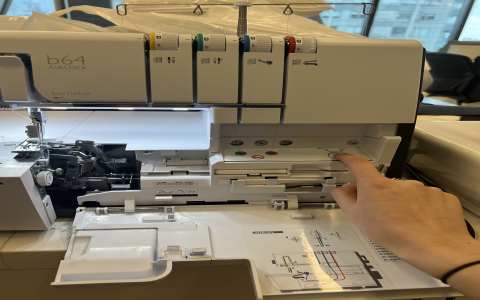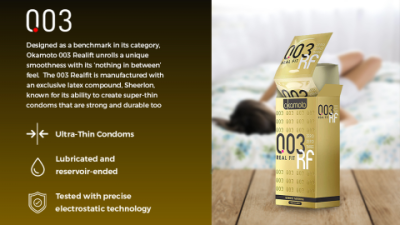Introduction: Why Serger Reviews Matter for Every Sewist
When it comes to elevating your sewing projects, choosing the right serger can make all the difference. Serger reviews are essential because they help you navigate a crowded market filled with options, features, and price points. Whether you’re a beginner or a seasoned pro, understanding the strengths and weaknesses of different sergers ensures you get the best value for your investment. Actually, with the right machine, even tricky fabrics and complex seams become a breeze.
However, many sewists find themselves overwhelmed by technical jargon and conflicting opinions. This article breaks down the core problems, offers practical solutions, and shares real-world experiences—so you can make an informed choice. Let’s dive into the world of sergers, exploring thread options, sewing machine tips, and more.
Common Problems: What Makes Choosing a Serger Difficult?
First off, the sheer number of serger models can be intimidating. Do you go for a budget-friendly machine or invest in a premium model? Some users worry about complicated threading systems, while others are concerned about durability and stitch quality. For instance, a friend once bought a serger with rave reviews, only to find it jammed constantly due to poor thread tension.
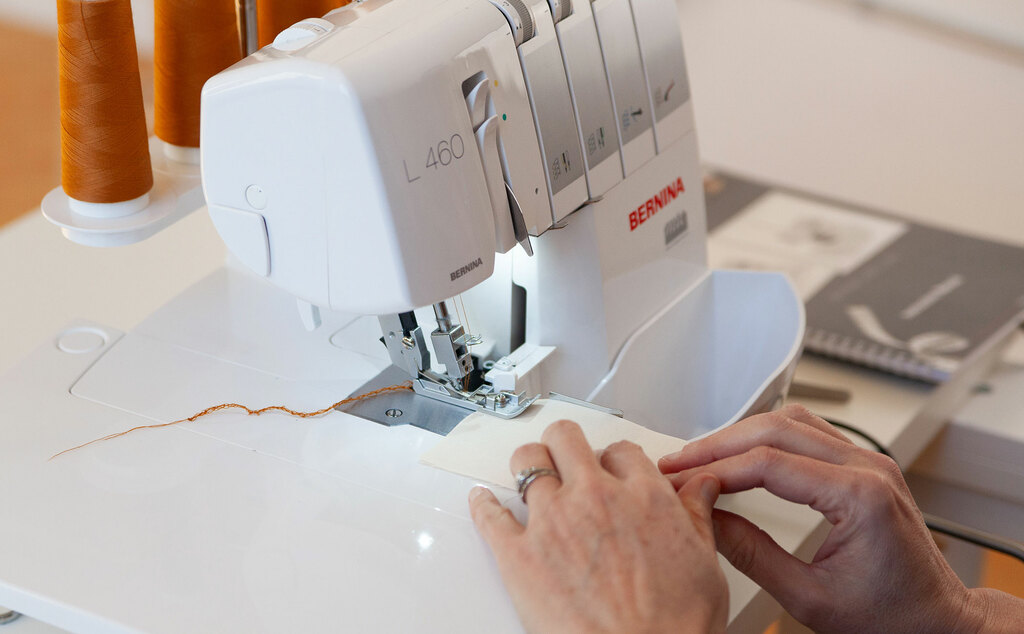
Another common issue is finding a machine that balances power with ease of use. Many sergers offer advanced features like automatic threading or differential feed, but these can be confusing for beginners. Counterintuitively, sometimes the most feature-rich machines aren’t the best fit for every user.
Cost is also a major factor. High-end sergers can be pricey, but do they really offer better performance? And what about the cost of accessories and threads? These are the questions that keep popping up in serger reviews.
Note: Don’t Fall for These Common Misconceptions
- All sergers are hard to thread. (Not true—some offer self-threading systems.)
- You need the most expensive model for professional results. (Plenty of mid-range machines deliver excellent performance.)
- Sergers replace sewing machines. (Actually, they complement each other!)
Solutions: What Features Should You Look for in a Serger?
To solve these problems, focus on a few key features. First, look for a serger with easy threading—many modern machines offer color-coded guides or even air-threading systems. The Baby Lock Celebrate, for example, is known for its self-threading loopers and automatic needle threader, making setup fast and frustration-free.
Next, consider stitch options. A good serger should offer at least 2- thread capabilities, rolled hems, and adjustable tension. Speed matters, too—a machine that can handle 1, stitches per minute or more will help you finish projects quickly. Durability is also crucial; a strong metal frame and high-quality blades ensure your serger stands up to heavy use.
It is worth noting that the type of thread you use also influences results. Polyester thread is the most common due to its strength and flexibility, but nylon and cotton threads have their place depending on your fabric and project.
Step-by-Step: How to Set Up and Use a Serger
- Read the Manual Thoroughly: Get familiar with your machine’s unique features and quirks.
- Thread the Machine Carefully: Use color-coded guides or follow the manufacturer’s instructions for best results.
- Test on Scrap Fabric: Before starting your main project, run a few test seams to check tension and stitch quality.
- Adjust Settings as Needed: Play with differential feed, presser foot pressure, and stitch length to suit your fabric.
- Clean and Maintain Regularly: Remove lint and oil moving parts to keep your serger running smoothly.
Case Study: Real-World Serger Reviews in Action
In our team’s case, we found that the Juki MO654DE consistently delivered professional-quality seams with minimal learning curve. One team member, new to sergers, was able to master threading and tension adjustments within an hour. The machine’s sturdy build and user-friendly design made it a favorite for both beginners and advanced sewists.
Interestingly, when comparing the Baby Lock Celebrate and the Singer Heavy Duty Serger, the Baby Lock’s air-threading system saved time, while the Singer’s robust knife handled thick fabrics with ease. Both models received high marks for durability and stitch consistency, but each had unique strengths that suited different user needs.
Comparison Analysis Table: Baby Lock Celebrate vs Singer Heavy Duty Serger
| Feature | Baby Lock Celebrate | Singer Heavy Duty Serger |
|---|---|---|
| Threading System | Air-threading, self-threading loopers | Manual, color-coded guides |
| Stitch Speed | 1, stitches/min | 1, stitches/min |
| Durability | High, premium build | High, heavy-duty knife |
| Ease of Use | Very easy, labor-saving features | Easy, but not self-threading |
| Price | Premium | Mid-range |
Thread Options: Choosing the Right Thread for Your Serger
The type of thread you use in your serger is just as important as the machine itself. Polyester thread is the go-to for most projects because it’s strong, flexible, and resists breakage. Nylon thread, on the other hand, offers excellent elasticity for stretchy fabrics like swimwear and activewear. Cotton thread is great for lightweight or delicate fabrics, but may not be as durable for high-stress seams.
For example, when working on a batch of athletic leggings, our team switched to nylon thread and immediately noticed smoother seams and better stretch recovery. This simple change improved both the look and longevity of the garments.
Therefore, always match your thread type to your fabric and project needs. Don’t be afraid to experiment—sometimes the best results come from trying something new.
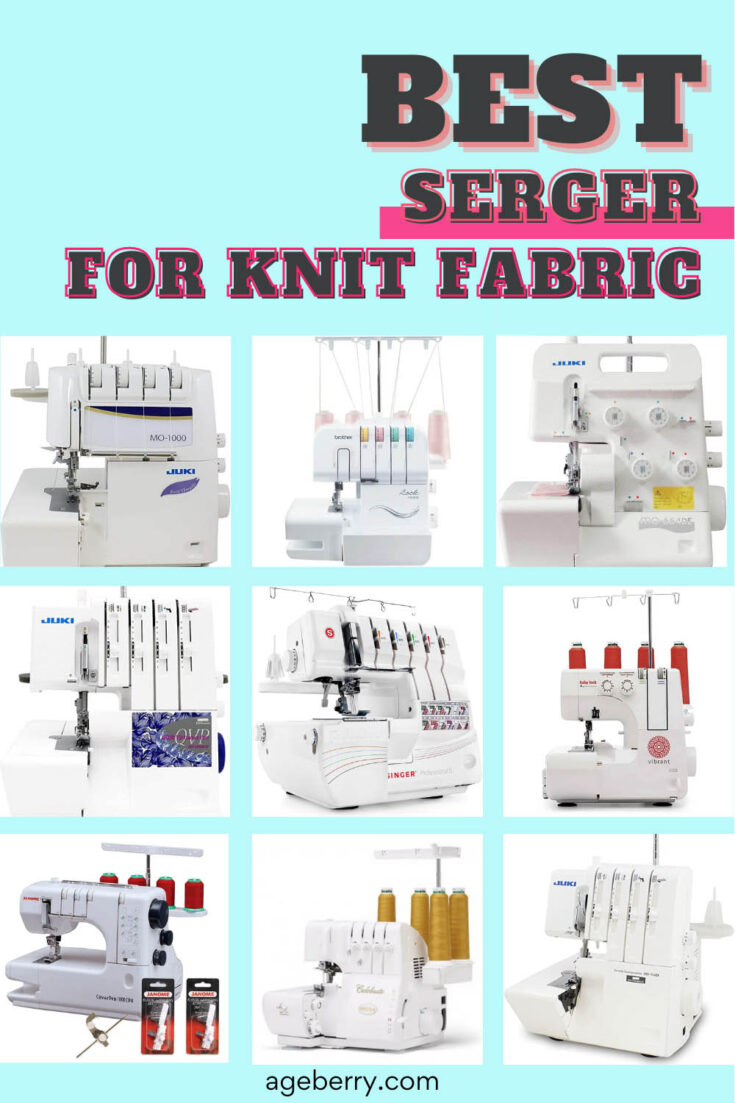
Serger Stitch Types: Which One Should You Use?
Serger machines offer a variety of stitch types, each suited for different tasks. The 4-thread overlock is the strongest and most versatile, perfect for seaming knits and wovens that require durability and flexibility. The 3-thread overlock is ideal for finishing edges or working with lighter fabrics. Rolled hems create a clean, almost invisible edge on sheer or lightweight materials.
If you’re after decorative finishes, try experimenting with flatlock or specialty stitches. These add visual interest and can be used for piecing or embellishing garments. However, it’s important to note that not all stitches are equally strong—choose based on your project’s demands.
Expert Sewing Machine Tips: Getting the Most from Your Serger
To maximize your serger’s potential, keep these tips in mind. Rotate your thread spools to ensure even usage and prevent running out unexpectedly. Avoid sewing over pins—sergers cut as they sew, and hitting a pin can damage the blade or throw off the machine’s timing.
For best results, clean your serger more frequently than your regular sewing machine. Lint and thread buildup can impact performance, so make cleaning a habit. Use high-quality thread and replace dull blades promptly to maintain stitch quality.
Specifically, adjusting the differential feed can help prevent puckering or stretching, especially on tricky fabrics. Don’t hesitate to consult your manual or seek advice from experienced sewists—there’s always something new to learn.
Warning: Don’t Overlook Maintenance!
Note: Regular maintenance is crucial for keeping your serger in top shape. Neglecting cleaning, oiling, or blade replacement can lead to poor stitch quality, jams, or even permanent damage. Always follow the manufacturer’s guidelines for care and troubleshooting.
Real Data: What Do the Numbers Say?
According to a survey by SewnScissors, the Singer Professional 14T968DC serger boasts a stitch speed of 1, stitches per minute and a 25-year warranty, making it a top choice for durability and performance. Meanwhile, the Baby Lock Celebrate was recognized for its innovative air-threading system, which won the Invention Grand Prix in Japan in and continues to set the standard for ease of use.
These figures highlight the importance of looking beyond price tags—real-world performance and user-friendly features often matter more in the long run.
Conclusion: Making the Right Choice in Serger Reviews
Choosing the perfect serger doesn’t have to be overwhelming. By focusing on key features—like threading systems, stitch options, speed, and durability—you can find a machine that fits your needs and budget. Serger reviews provide valuable insights, but hands-on experience and a willingness to experiment are just as important.
For anyone serious about sewing, investing in a quality serger opens up new creative possibilities and streamlines the finishing process. Remember to match your thread to your fabric, maintain your machine regularly, and don’t fall for common misconceptions. With the right approach, your serger will become an indispensable part of your sewing toolkit.
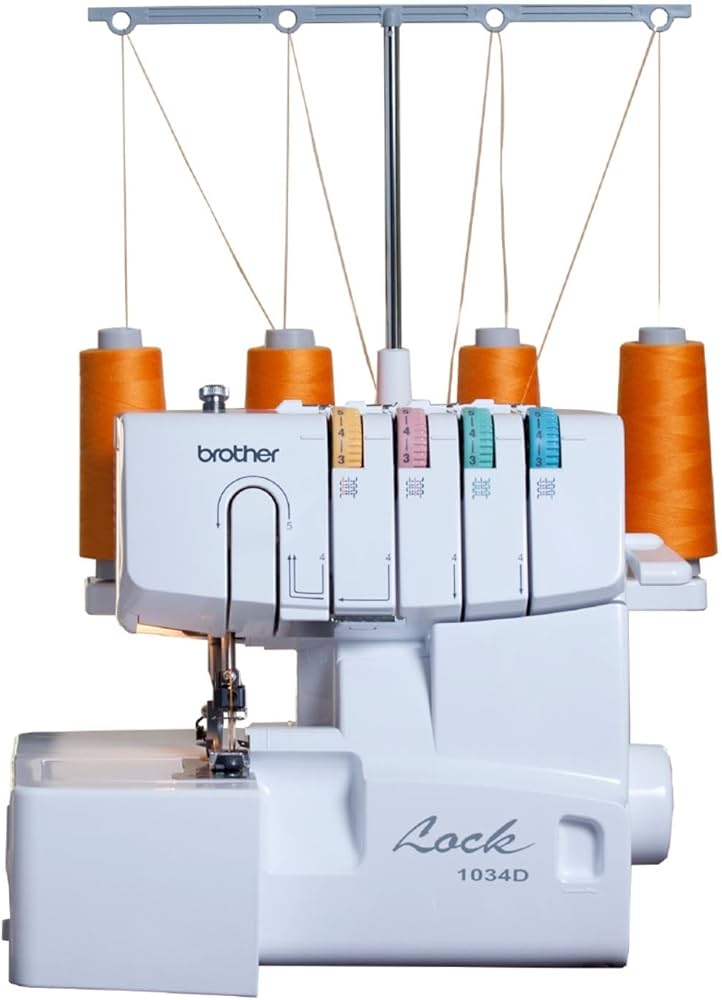
So, whether you’re sewing for fun, fashion, or business, let these serger reviews and tips guide you toward professional, long-lasting results. Happy stitching!
